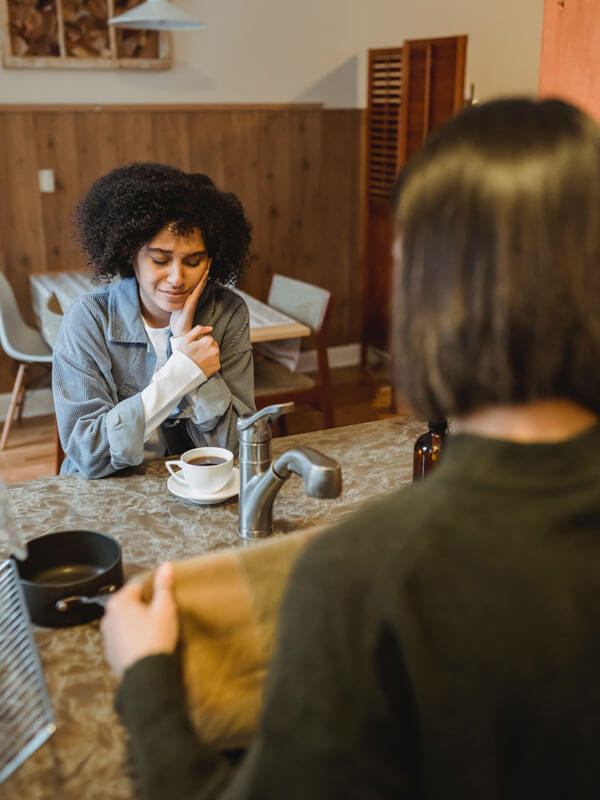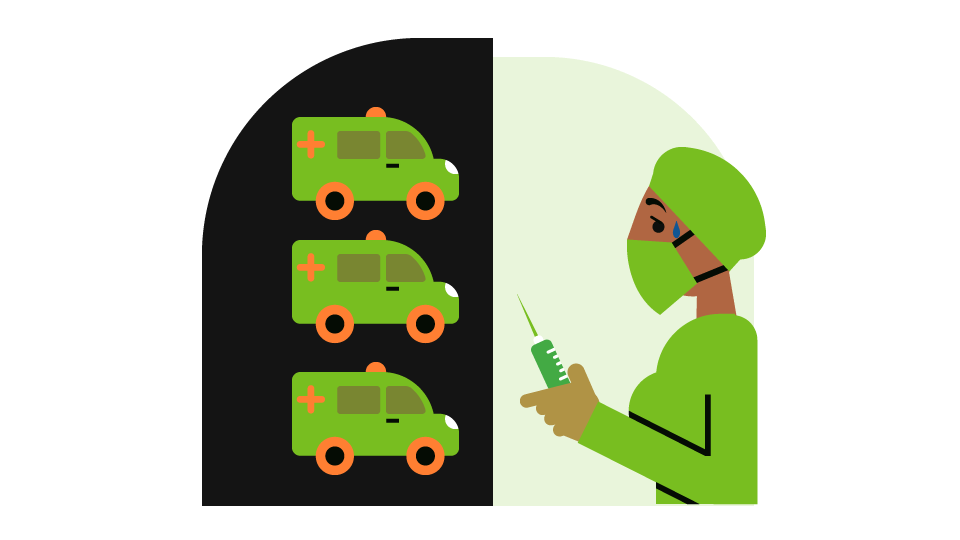Performance character
Assets | Resilience

The capacity to find mental, emotional and physical health as conditions change and challenges emerge, engaging care and self-compassion to shape one’s own response and move forward.
1. Highlights
Resilience helps us move through setbacks and adversity, to persevere along the path toward change and to maintain commitments to ourselves and others. We can bolster our resilience and the resilience of others in many ways — by connecting with our sense of purpose and seeking out inspiration, by taking time to prioritize our mental and physical health and holding personal boundaries and by connecting with others to feel a sense of belonging.
Keep our purpose and goals at the forefront of our minds when facing setbacks
Collaborate with others to create social connections and a shared purpose
Reflect honestly about what might not be working while standing by our goals
Implementing change can be a messy, non-linear process. Creative and new ideas are often met with resistance due to entrenched systems and ways of thinking. Ambiguity and setbacks are inevitable along the path of innovation, especially when challenging existing inequitable structures. In these cases, the changes we seek take us down a long, difficult road. When practicing Principled Innovation, resilience is an important ingredient in seeing our creative prototypes turn into large-scale innovation.
Resilience thrives on collaboration, whether that is in learning cohorts, leadership groups, teams of colleagues or other communities, by providing us with the social connections and shared sense of purpose that helps us continually refresh and sustain our energy. When we bring together multiple perspectives and prioritize the creation of supportive and welcoming environments, we are better able to withstand turbulence and create positive outcomes. Courage also complements resilience, helping us to stand by our ideas and values and challenging us to be honest and willing to reflect on what might not be working.


2. Context

Four ways that social support makes you more resilient
Article
20 minutes
By: Greater Good Science Center, Jill Suttie
What is resilience?
Article
18 minutes
By: American Psychological Association (APA)
What is resilience?
Video
2 minutes
By: Harvard Center on the Developing Child
Brains – journey to resilience
Video
15 minutes
By: Principled Innovation® (PI)
